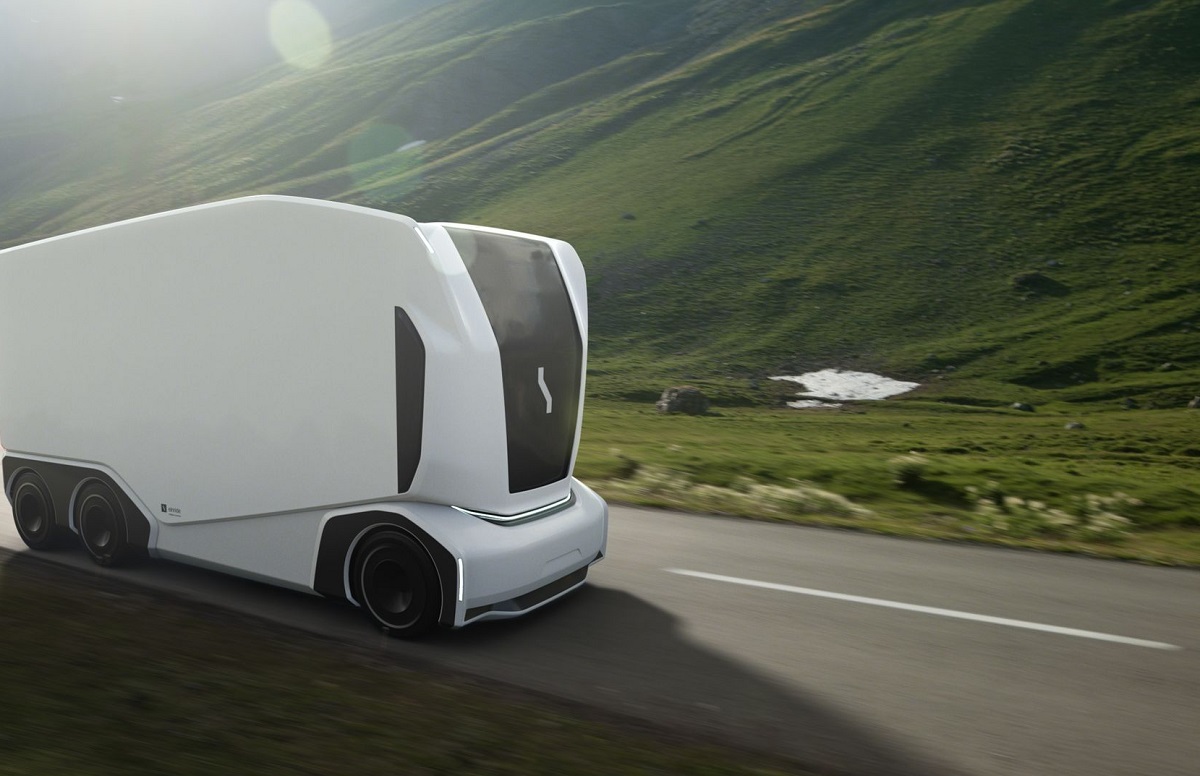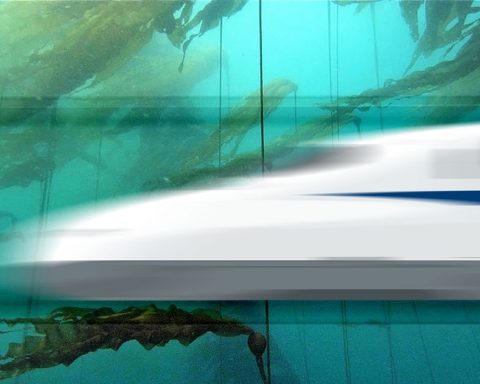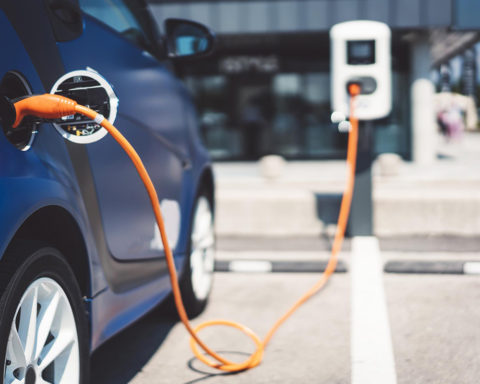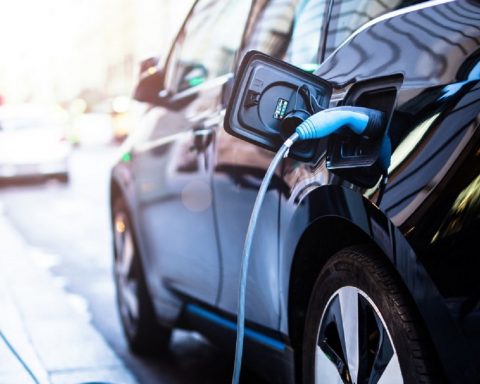Roads are the only means of transport for millions of French people on a daily basis. Beyond its primary function, the road is also a source of regional dynamism and employment. For Simon Vernier, in the regional planning department of the Puy-de-Dôme département, we need to integrate road infrastructure more strongly into the recovery plan. This could have very positive effects, starting with economically, socially and even environmentally beneficial local investments. Viewpoint.
Like explains La Tribune, The Conseil d'Orientation des Infrastructures will rise from the ashes on March 11, 2021, four years after its creation in 2017, to feed the Mobility Orientation Act. Its mission: "to enlighten the government on investment policies in mobility and transport". The State is planning 13.4 billion euros of investment in transport infrastructure between now and the end of 2022, and 14.3 billion for the period 2023-2027. In this respect, Simon Vernier's point of view is relevant, as it helps us to understand the urgent need to maintain and modernize our access routes to the whole country.
Of the €100 billion French Recovery Plan, €13.5 billion will be devoted to transport, but only just over €500 million to road infrastructure. 250 million will be mobilized to speed up infrastructure projects included in State-Region plan contracts (bypasses, 2×2 lane upgrades, etc.), which are lagging far behind schedule. 100 million will be put on the table to install reserved lanes on national highways (bus, carpooling) and maintain State and local authority engineering structures... And 100 million to set up 100,000 fast-charging stations for electric vehicles.
According to Jean-Baptiste Djebbari, the French Minister for Transport, the measures adopted are designed to "strengthen intermodality, continue to open up our regions and embark on a genuine technological transformation". The aim is to "enable the French to continue to enjoy better mobility, while helping to reduce the carbon and environmental footprint of transport", thanks to "massive investment creating tens of thousands of jobs".
With this in mind, we might nevertheless ask whether it would not be advisable to step up investment in road infrastructure, which has a considerable local impact in terms of jobs, the economy, opening up regions, and therefore also on a social level. All the more so as roads remain an essential vector for the development of low-carbon mobility.
While the plan does indeed give pride of place to mobility issues ("bicycle plan", public transport, river, sea and rail transport, electric vehicles), the road and motorway sector is somewhat the poor relation of the recovery, even though it accounts for more than 75 % of travel and around 30 % of greenhouse gas emissions in France.
As the Directions interdépartementales des routes (DIR) remind us, "roads are at the forefront of issues linked to sustainable development", with a "socio-economic dimension, due to the essential role played by mobility in growth factors, and an environmental dimension".
Promoting local employment
Necessary to preserve our road heritage, which has been in a worrying state of disrepair for several years now, reviving the maintenance and modernization of road infrastructures would also have the merit of promoting local employment. Unlike other sectors, this one relies on local industries, companies and jobs that cannot be relocated. It provides work for a large number of companies and employees in local areas, and is an important element in their economic and social dynamism. At a time when these regions are facing a serious economic crisis, supporting local subcontractors in the construction industry would be a real breath of fresh air. A choice that would clearly be supported by local elected representatives, and whose benefits would immediately be felt by users.
Freeway concession companies, for example, forge partnerships with local authorities to promote employment, mobility and the local economy. Vinci Autoroutes contributes 2.4 billion euros a year to the Occitanie region's GDP, supporting more than 33,000 jobs, or 1.6 % of regional employment. Over the decade 2015-2025, the Group will even have invested a total of 1.7 billion euros in the Occitanie region. A commitment that translates into an undeniable contribution to the economic and social development of the region, presided over by the socialist Carole Delga.
As part of the work to widen the A9 motorway, Vinci Autoroutes and Eiffage Génie Civil even signed an agreement with local authorities and social integration organizations in the Pyrénées-Orientales region, setting a target of 24,000 hours of work for people who had missed out on employment, i.e. 8 % of the total number of hours estimated for the entire third phase of the project. In the end, 186,722 hours of work were carried out under this social integration clause. The two companies had also undertaken to entrust a business volume of 4 million euros to local companies... And, here again, the objective was well exceeded, with a total amount invested of over 21 million euros.
A gain for the attractiveness and economic development of territories
By equipping regions with road infrastructure, these investments also help to make them more attractive to populations and investors, thereby encouraging the relocation of production. Academic research has long shown that the presence of transport infrastructure is an essential factor in the economic development of a region. Anything that makes transport cheaper, faster or more efficient lowers barriers to trade, and hence production costs. These exchanges intensify competition, stimulate innovation and generate growth.
Transportation infrastructure also has an impact on the labor market. A region's productivity increases with the size of its employment area. The larger the labor market, the greater the probability that each worker will find a job matching his or her qualifications, and the greater the probability that each company will find the workers it needs. Logically, researchers have been able to demonstrate a correlation between regional accessibility and wealth levels.
Road infrastructure is also a prime showcase for promoting a region's assets. For example, in July 2018, Carole Delga, President of the Occitanie region, and Vinci Autoroutes signed a partnership aimed at raising the profile of the Occitanie - Sud de France destination by installing information panels at 24 rest areas and setting up commercial spaces on the region's motorway network - used by 62,000 vehicles every day. In the words of Carole Delga, this partnership will enable us to " boost the visibility of Sud de France brand products and raise the profile of Occitanie as a destination, using the motorway network as a reference point for both local residents and French and international customers. ".
A prerequisite for opening up the region
Maintaining and modernizing road networks is also a priority for opening up certain regions. One of the fundamental functions of roads and freeways is to connect small and medium-sized towns with major cities. Today, however, the discontinuity of the road and rail networks means that some areas are effectively excluded from exchanges or access to the major structuring networks (TGV, freeways), but also to neighboring urban centers, regional and European metropolises, and above all to a range of public, health, university and cultural services.... A real difficulty for the lives of residents, which contributes to maintaining the feeling of abandonment of "peripheral France" and social revolts like that of the Gilets Jaunes.
" The State's under-investment has been obvious, and at the current rate of effort, it would take two decades to restore the entire heritage. Who could be satisfied? ", thus acknowledged in May 2018, Élisabeth Borne, then Minister of Ecological Transition and Solidarity, in charge of transport." The first priority to which I am fundamentally attached is road access to our territories.said the Minister at the time. In most cases, it's not a question of major works, but of simple improvements. I'm absolutely convinced that opening up these roads deserves sufficient, long-term resources to achieve it. ".
In September 2018, Élisabeth Borne announced an investment of one billion euros over ten years "to develop national roads in territories that are currently poorly served and that have often been waiting for years for improvements to their roads". However, this sum is far from sufficient.
Recently, in a speech to the French Senate, the Prime Minister himself affirmed his "determination to strengthen regional balance". Through economic development, through the deployment of digital infrastructures, through the preservation of railroad lines... But also by investing in the improvement of the road network. " It also means, and I say this before the Senate, perhaps reinvesting in roads. Because in some places, they're the only way to open up territories. "emphasized Jean Castex.
With over a million kilometers of roadways, France has the largest road network in Europe, and this territorial network is one of our country's greatest assets. However, this "mobility heritage" of the French people must be well maintained and improved. All the more so as it is also an essential vector for accelerating the development of low-carbon mobility. These infrastructures are capable of accommodating all kinds of modes and uses, and therefore provide fertile ground for the development of all forms of eco-mobility: electric or hydrogen-powered vehicles, public transport, car-sharing, etc. This is the whole point, for example, of the "Low-Carbon Motorways" program, which is already taking shape in the Provence-Alpes-Côte d'Azur region. Without a real investment drive in this area, France could fail to meet its target of reducing transport-related CO2 emissions by 29 % by 2028.
Simon Vernierformer deputy director of the regional planning department of the Puy-de-Dôme département












